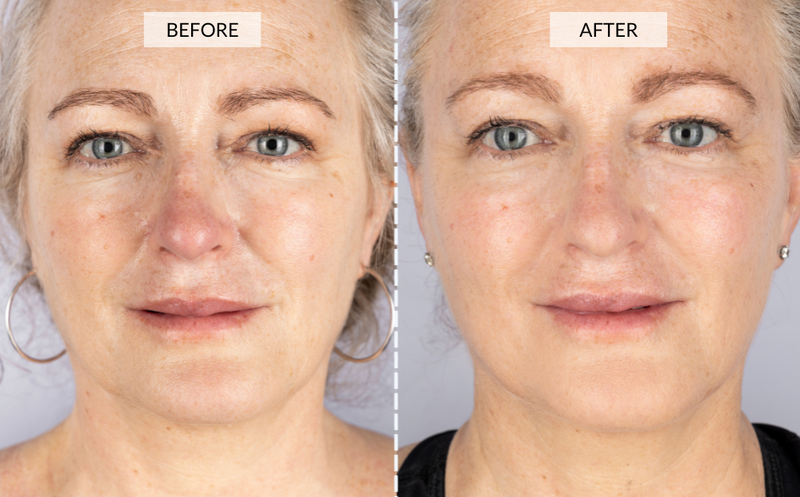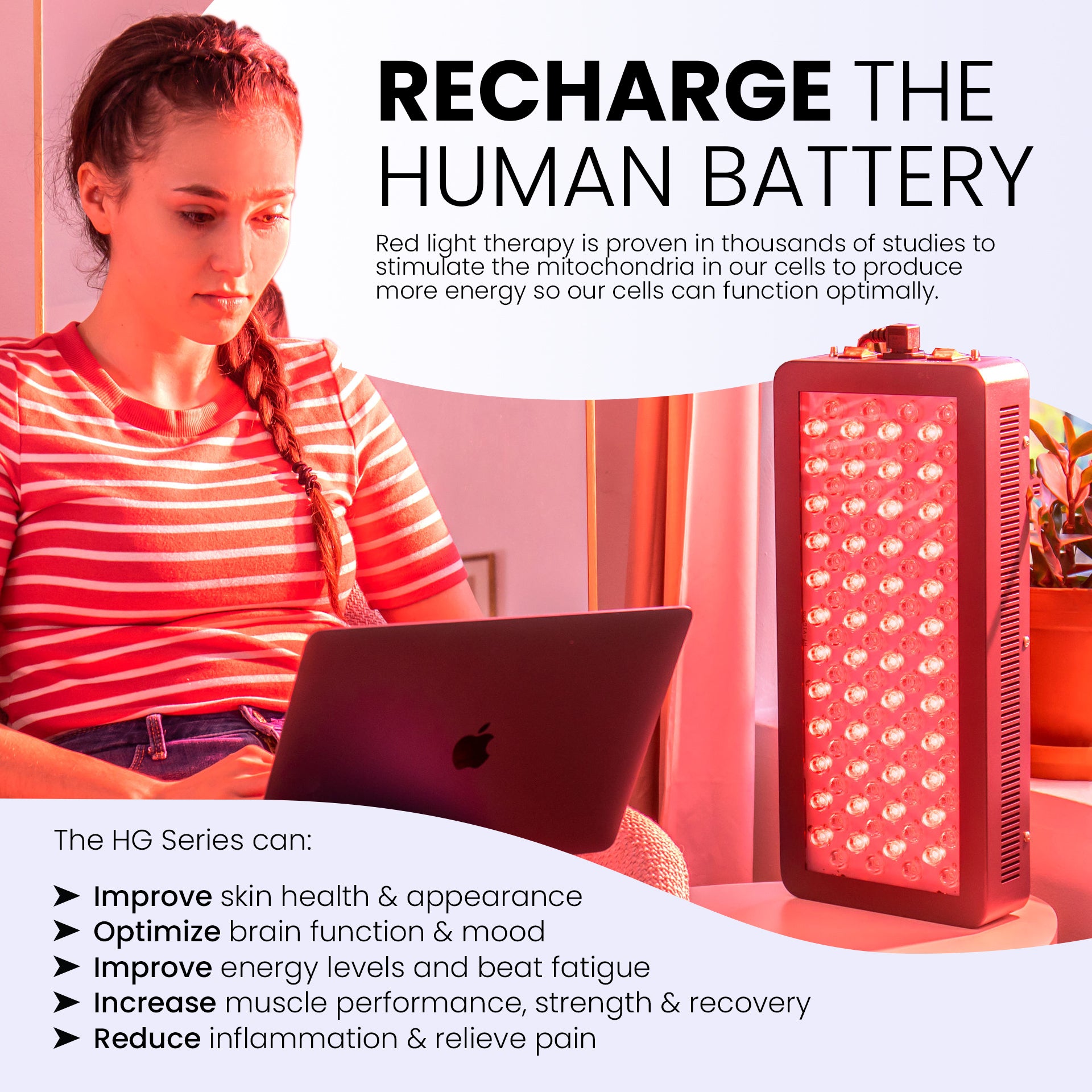Thorough Insights right into PBM Therapy for Discomfort Administration
Wiki Article
Unlocking the Potential of Photobiomodulation: A Promising Approach for Healing Intervention
Are you curious concerning the possibility of photobiomodulation for restorative treatment? Imagine a circumstance where an individual experiencing from chronic pain discovers relief through a non-invasive therapy that makes use of light. This is specifically what photobiomodulation offers. It is a promising method that utilizes the power of light to boost recovery and reduce inflammation in different clinical problems. By targeting certain mobile procedures, photobiomodulation has shown possible in increasing injury recovery, decreasing pain, and promoting tissue regeneration. In this intro, we will certainly discover the systems of activity, applications in medicine, and the current evidence supporting the efficacy of photobiomodulation. Additionally, we will talk about future directions and potential challenges in unlocking its full capacity as a therapeutic intervention.Understanding Photobiomodulation
To understand photobiomodulation, you need to understand the principle of just how light therapy can directly impact mobile processes in your body. Photobiomodulation, likewise understood as low-level light treatment, is a non-invasive therapy that uses particular wavelengths of light to stimulate biochemical reactions in your cells.The healing effects of photobiomodulation are far-reaching and have been researched extensively in various medical fields. It has actually revealed promising cause promoting cells repair service and regrowth, decreasing swelling, relieving pain, and enhancing injury recovery. Photobiomodulation has actually been found to have a favorable impact on neurological conditions, such as terrible mind injury and stroke, by boosting neural activity and promoting neuroplasticity.
Unlike various other treatments, photobiomodulation does not cause or generate any heat cells damages. It is important to keep in mind that photobiomodulation needs to be provided by skilled specialists or according to the supplier's instructions to make sure optimum results and safety.

Devices of Action
In comprehending the systems of action, you will find exactly how photobiomodulation straight affects mobile procedures via details biochemical responses. When light is used to the body, it is absorbed by chromophores, such as cytochrome c oxidase and flavins, which exist in the mitochondria. This absorption brings about a waterfall of events that eventually lead to cellular changes.One of the vital mechanisms of activity is the excitement of ATP production. Photobiomodulation enhances the activity of cytochrome c oxidase, a crucial enzyme in the mitochondria that is included in the electron transport chain. This raised task leads to the manufacturing of even more ATP, the primary power currency of the cell. Therefore, cellular metabolic rate is enhanced, advertising tissue repair service and regeneration.
Moreover, photobiomodulation has been shown to regulate mobile signaling pathways. It turns on various development factors and indicating particles, such as nitric oxide and responsive oxygen species, which play crucial duties in processes like angiogenesis, inflammation, and cell spreading. These signaling paths add to the therapeutic impacts of photobiomodulation, advertising cells healing and decreasing discomfort and swelling.
Applications in Medicine
Explore the varied applications of photobiomodulation in medicine. Photobiomodulation, likewise recognized as low-level light therapy, is a non-invasive treatment that makes use of light to promote and promote mobile processes recovery. In medicine, this strategy has revealed appealing outcomes throughout different areas.One of the main applications of photobiomodulation is in pain management. photobiomodulation. It has actually been made use of to reduce both chronic and severe pain, including musculoskeletal conditions, neuropathic pain, and post-operative pain. By targeting the afflicted area with particular wavelengths of light, photobiomodulation can lower swelling, promote tissue repair, and offer relief
Furthermore, photobiomodulation has shown prospective in injury recovery. It can speed up the recovery procedure by boosting cell proliferation, promoting angiogenesis, and minimizing scar tissue formation. This has considerable effects in the therapy of chronic wounds, such as diabetic person abscess and stress sores.
useful content In dermatology, photobiomodulation has actually been utilized for its regenerative and anti-inflammatory results. It can improve the appearance of scars, reduce acne lesions, and stimulate hair development in problems like androgenetic alopecia.
Furthermore, photobiomodulation has actually revealed assurance in neurorehabilitation. It can boost cognitive function, boost electric motor recuperation, and help in the therapy of neurodegenerative conditions like Alzheimer's and Parkinson's.
Professional Evidence and Study Searchings For

In the area of musculoskeletal conditions, photobiomodulation has actually been discovered to reduce discomfort and swelling, enhance series of motion, and speed up cells repair work. Researches have demonstrated its efficiency in treating conditions such as osteo arthritis, tendinopathies, and muscle mass pressures. Additionally, photobiomodulation has revealed positive effects on wound healing by advertising collagen fibroblast, angiogenesis, and synthesis expansion. This makes it an useful tool in the administration of chronic wounds, diabetic Check Out Your URL person ulcers, and medical cuts.
Additionally, study has revealed that photobiomodulation can have neuroregenerative and neuroprotective results. It has been found to improve cognitive feature, lower neuroinflammation, and enhance neuronal survival and synaptic plasticity. This has essential ramifications for the treatment of neurological conditions such as Alzheimer's illness, Parkinson's condition, and stroke.
Future Instructions and Potential Obstacles
Relocating onward, it is essential to think about the potential challenges and future directions bordering making use of photobiomodulation as a restorative intervention. One vital future direction is the expedition and optimization of application criteria. Currently, there is no consensus on the ideal wavelength, strength, duration, and regularity of photobiomodulation therapy. More study is required to understand the dose-response relationship and develop evidence-based guidelines for medical practice.Another important future instructions is the development of cost-efficient and mobile photobiomodulation tools. While present devices are effective, they are usually large, expensive, and need specialist supervision - photobiomodulation therapy. The growth of economical and straightforward devices would substantially enhance availability to this treatment, allowing even more individuals to gain from its possible therapeutic impacts
Additionally, future research study needs to concentrate on illuminating the devices underlying photobiomodulation. In spite of its growing appeal, the precise mechanisms whereby photobiomodulation applies its restorative effects are not fully comprehended. Understanding these systems would certainly not just boost our knowledge of the therapy but also aid in the advancement of more targeted and efficient treatments.
Nonetheless, there are additionally possible obstacles that require to be addressed. photobiomodulation laser. These consist of the need for standardized protocols, the requirement for well-designed medical tests with bigger example dimensions, and the demand for long-term follow-up researches. Regulative and safety and security considerations need to be taken right into account to make certain the secure and efficient usage of photobiomodulation in clinical method.
Conclusion
In final thought, photobiomodulation holds terrific promise as a therapeutic treatment in medicine. With recurring research studies and advancements in this area, photobiomodulation has the potential to open new opportunities for improving individual end results.Are you interested about the potential of photobiomodulation for healing intervention? By targeting specific cellular processes, photobiomodulation has actually shown prospective in speeding up wound recovery, minimizing web discomfort, and promoting cells regeneration.Furthermore, photobiomodulation has actually shown prospective in wound recovery.Relocating ahead, it is crucial to consider the prospective obstacles and future directions bordering the usage of photobiomodulation as a therapeutic intervention. With continuous researches and developments in this field, photobiomodulation has the prospective to open new opportunities for boosting person end results.
Report this wiki page